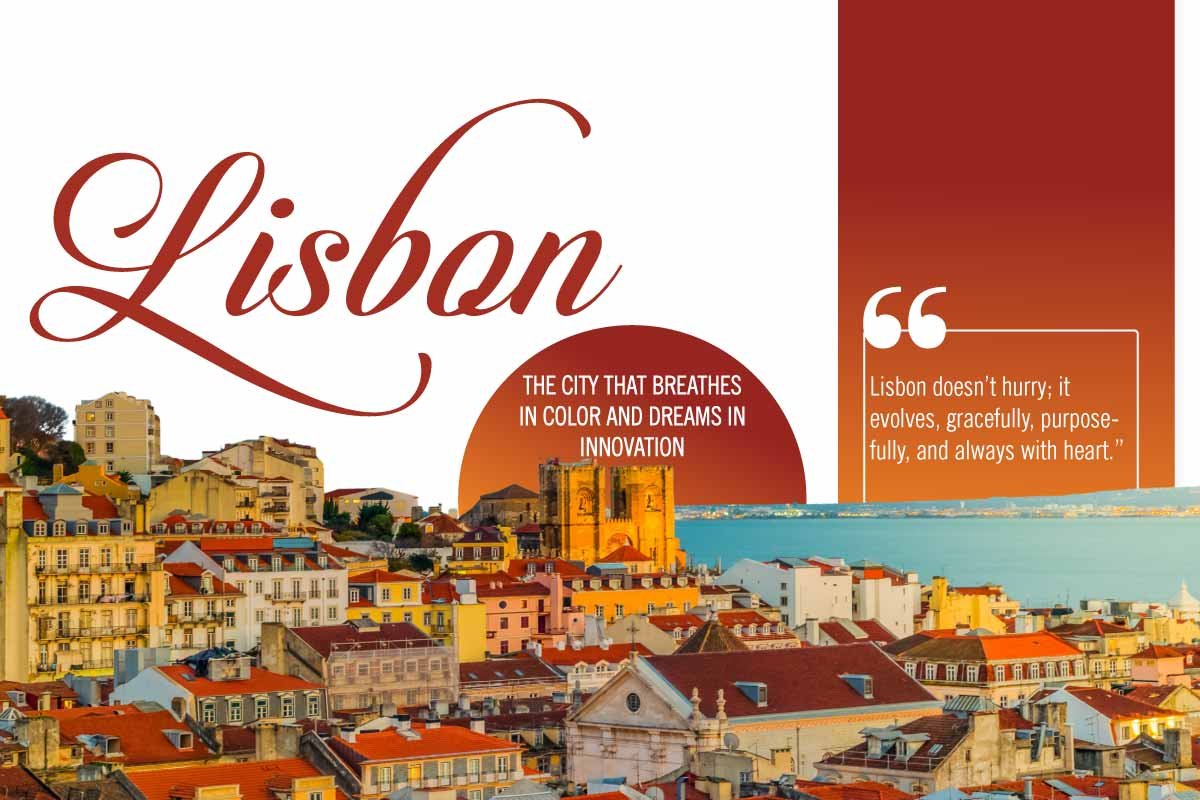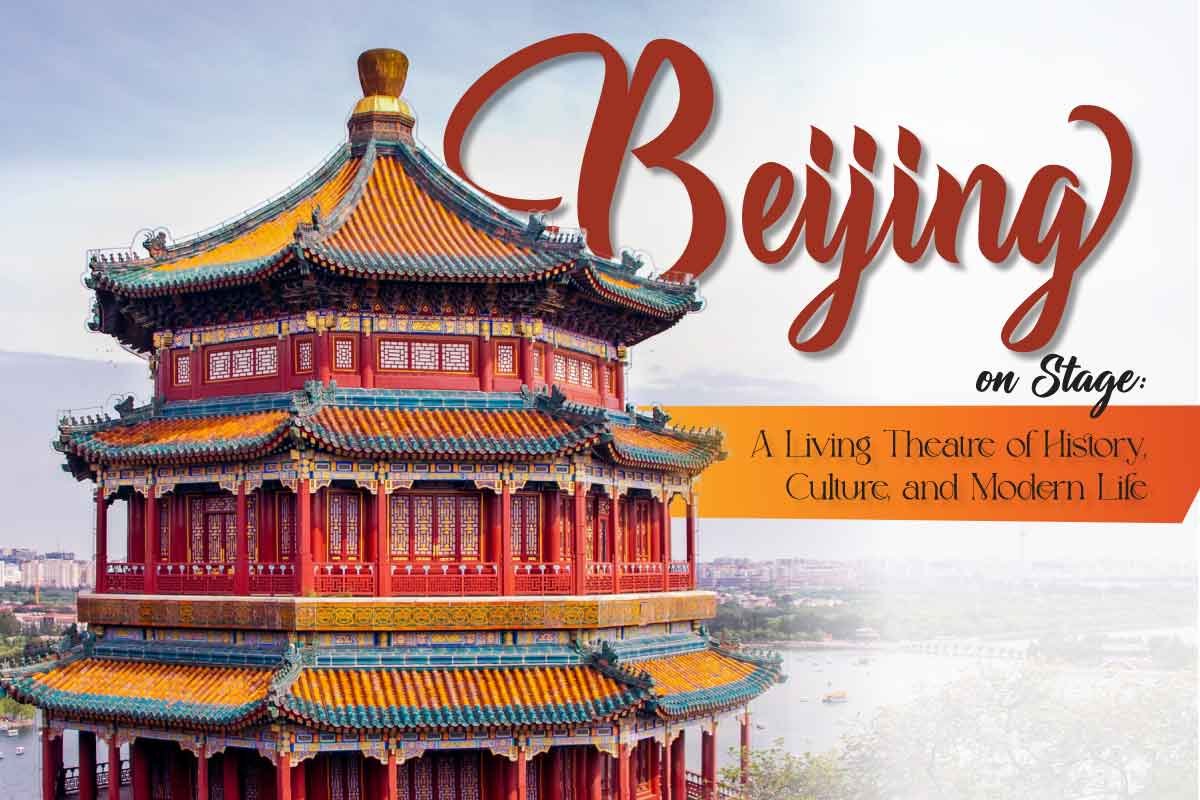Are you a Beach person? Or are you a mountain person? Or imagine feeling like a truly luxurious person. Would you like to visit one of the world’s most luxurious cities? If yes, then “Habibi, come to Marrakech.” How do you spell it, Marrakesh or Marrakech? Does it matter? When you are going to have a luxurious look in front of you, who cares about the spelling? All you need to know is that this city holds the prestigious status of a UNESCO World Heritage Site. The Medina of Marrakech gives a quick check of history, like stepping back in time.
Marrakech is also known as the city of luxury, which is the fourth largest city in Morocco, situated in the west of the Atlas Mountains. It has served as the capital of multiple empires, and now it’s booming in the tourism industry. Every year, millions of people visit Marrakech to witness its eye-catching rich heritage and breathtaking places in the city.
Traditions and Tales of Marrakesh

Marrakech has a wide history, which was founded by Yusuf ibn Tashufin in the Almoravids dynasty. This city holds a population count of 1,085,000. It is known for its famous infrastructure and is engrossed in traditional Moroccan heritage. As the city involves the majority of Muslims, and follows the culture where drinking and smoking are prohibited during daylight hours in the holy month of Ramadan. Most of the population speaks Arabic, which is also known as Darija.
While it’s still driving the culture of tradition and to keep it remembered, Marrakech’s civilized people believe in geometric face tattoos, which have powerful and historic meanings. The dots, lines, and geometric designs engraved in the skin are a proud memory of Berber identity.
Crafted and Cultural Economic Lifelines of Marrakech
Here are some major lifelines of Marrakech:

- Tourism: Tourism is the primary driver of Marrakech’s economy, generating the majority of the country’s income. Thanks to its unique architectural landmarks, which attract tourism globally.
- Tarde & Handicrafts: This factor plays a key role in sustaining the country’s long-term economic growth. It features traditional handicrafts that have been practiced since ancient times. The biggest souks (Market) have employment of over 40,000 people in textiles and leather, pottery, copperware, and other crafts.
- Agro-Industry: This factor is majorly related to a country’s agricultural system and food supply method. While the agriculture sector faces problems with limited water resources, it still plays an important role in the country’s growth.
- Transportation: Transportation is a way to economic growth for a city that is more tourist-friendly. The city has invested in rail and urban transport systems, including public buses and taxis. This facility generates employment as well as revenue for the city.

The Soul of the City: Landscapes and Specialities

Marrakesh, a UNESCO World Heritage site, is a perfect mix of tradition and innovation. The city highlights the use of local resources and designs that suit the climate. Marrakech is renowned for its iconic palaces, 5-star restaurants, luxurious spas, and traditional architecture surrounding the medina. Often referred to as the “Red City“. The medina is built from red clay and chalk, which shows why Marrakech is a must-visit city.
The souks are the most vibrant and amazing markets in the world. Where every alley is a whisper of history, which is filled with the scent of spices, the shimmer of lanterns, and much more. Marrakech has natural beauty like the Atlas Mountains, a peaceful area in the city filled with palm trees, which is called “Palmeraie – (Palm Grove).”
Famous tourism places like –

- Jemaa el-Fnaa: Jemaa el-Fnaa is considered the main square of Marrakech. It is known for its vibrant marketplace and street performers around the area.
- Bahia Palace: This palace has walls featuring engraved Arabic inscriptions, geometric patterns, arabesques, and muqarnas. The floors are made of marble, Zellij tiles.
- El Badi Palace: The ruler of the Saadian dynasty, Sultan Ahmad al-Mansur, built this palace in 1578. This palace was purposely built as a symbol of the sultan’s power to show off his wealth.
- Koutoubia Mosque: It represents a pinnacle of Almohad architectural ingenuity and spiritual significance. This is a symbol of Morocco’s rich Islamic heritage.
Threads of Wealth in the Red City

Marrakech has a diverse economic system that depends on tourism, handicrafts, and trade, with contributions from the agri-food and construction industries. Since Morocco is considered a lower-middle-income country, Marrakech is a major contributor to Morocco’s overall tourism revenue, also growing the hospitality sector. The city contributes directly to Morocco’s economy as it is driven by the construction and utilities sector, specifically heavy and civil engineering constructions.
The sector’s share of contribution to Morocco’s GDP was 9.19 percent in 2023 and is expected to reach 11.88 percent by 2026. Morocco’s growth in GDP in 2024 was 3.2 percent, and is projected to reach 3.6 percent in 2025. – according to the world economy.

| Year | GDP | PPP Terms |
| 2024 | 3.2% | $441 billion |
| 2025 | 3.6% | $457 billion |
Conclusion
As mentioned previously in this article, Marrakech city has been contributing to Morocco’s growth in the mentioned aspects. This is not just a city- it’s an experience where history whispers through alleyways. The luxurious tour around this city will take you to the biggest souks(markets), traditional but with a modern touch of landscapes. This is a top-notch travel destination, whether you are a mountain lover or a beach soul or simply chasing beauty and historic culture – Habibi, come to Marrakech.


















